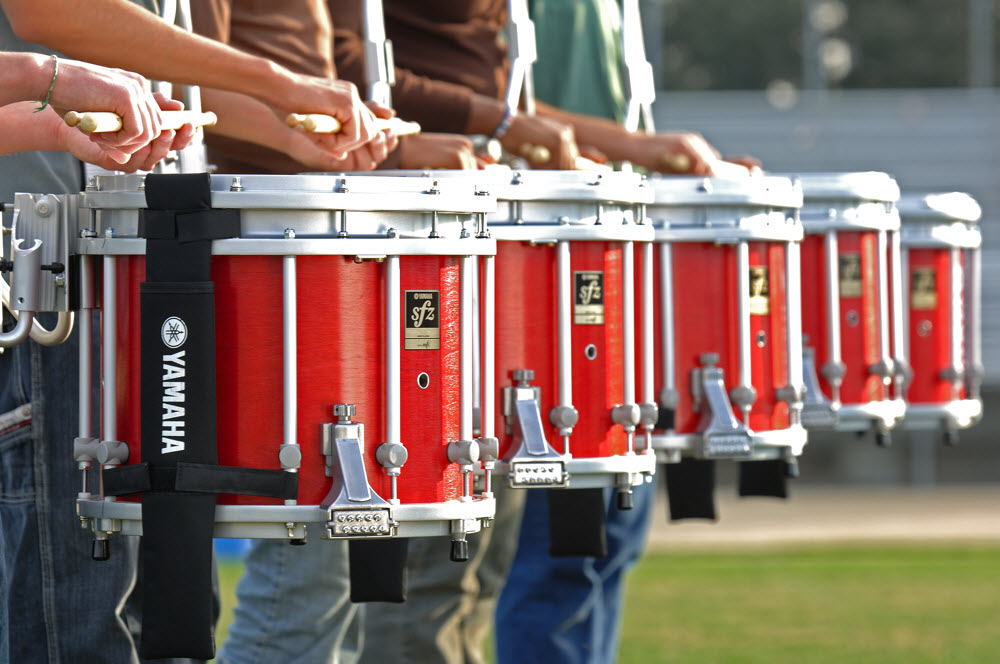Tagged Under:
Caution! Are You Moving Your Timpani Correctly?
Three steps to ensure proper timpani movement.
Timpani are expensive instruments. An average set can cost between $10,000 and $15,000, so damages caused by careless cartage can result in significant expenditure. Here are three steps you can take to ensure proper timpani movement.
Step 1: Planning
Before you move your timpani, it’s important to have a good plan. As time management expert Alan Lakein says, “failing to plan is planning to fail.”
1. Know the route beforehand.
2. Determine what will be required to move the timpani. Will you need:
– A cart, truck or dolly?
– Moving blankets?
– Straps, bungee cords, tie-downs or rope?
– Helpers to lift the drums?
Step 2: Prepping
1. Adjust the pedal to the highest position to protect it from hitting the ground and to brace the head for any stress it may endure.
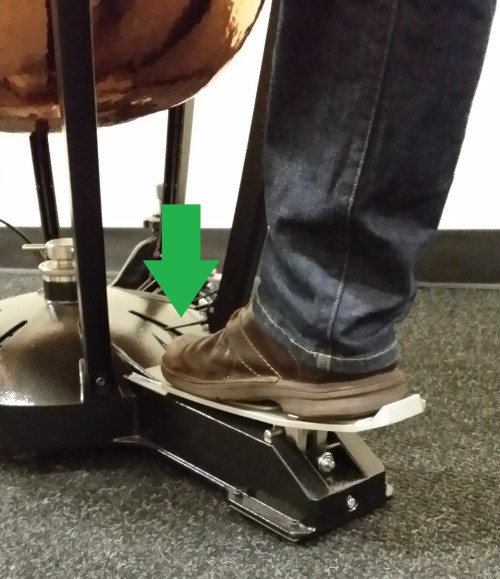
2. Remove mallet bags and accessories from the instrument to avoid losing any mallets or damaging the bowl of the timpano.
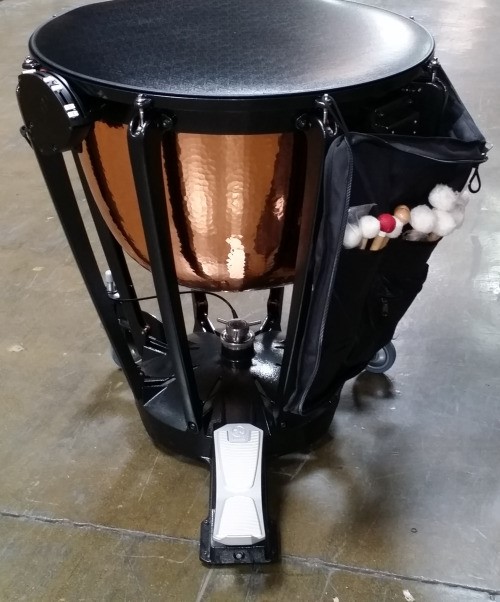
Step 3: Moving
1. Always move slowly and carefully while transporting timpani. This simple step will prevent most accidents. Avoid big bumps and uneven surfaces.
2. When moving the instrument, be sure to hold the drum by its struts at all times and avoid touching the counterhoop (also known as the rim). Pulling by the counterhoop may cause permanent damage to the hoop and distort the pitch of the drum.
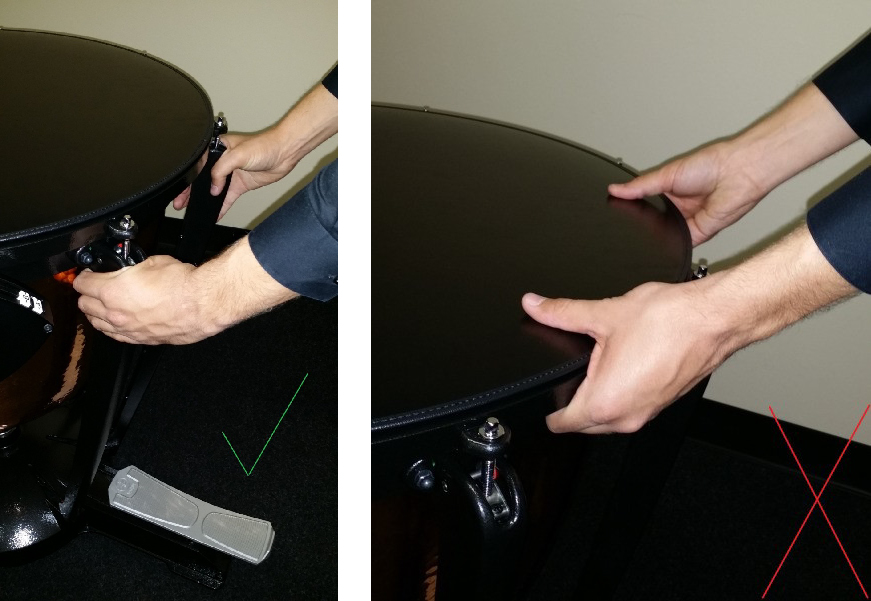
If you are using a truck to move the timpani, be sure to lift them by their struts when loading and unloading. Once the timpani are on the truck, always use moving blankets to cover each drum completely and lock the wheels. This will protect the drum and help them from rolling during transportation.
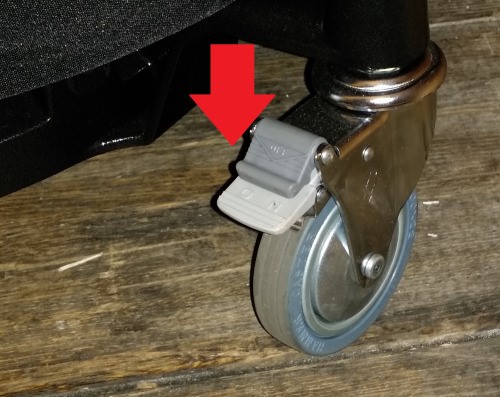
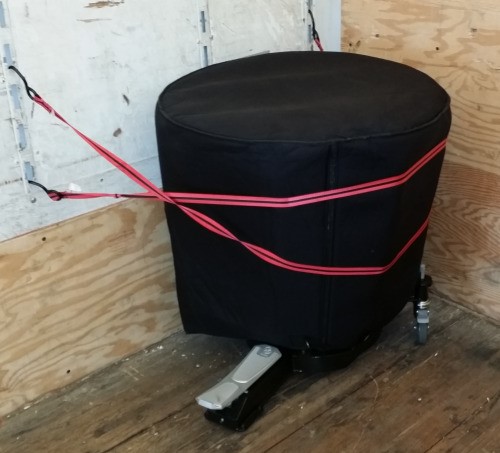
Be sure to tie down each drum separately to the floor or wall and not to each other. Use straps or tie-downs on the struts only. Ensure that nothing will fall on or bump into the timpani.Here are a few other things to remember:
– The heads of timpani are never meant to act as tables. Do not let anything rest directly on the head.
– Cover the heads when not playing the timpani.
– Wheels are a crucial part when it comes to moving. If one or more become lost or broken, a new one can be purchased from your local music dealer.
– Timpani may become out of tune after any move, so allow time to balance the heads and adjust the gauges before any performance or rehearsal.
– Inspect the drums once a month. Refer to our “Timpani Maintenance” blog post for more information.
– Timpani are designed to be moved and stored upright on their wheels. Any other position, such as on the counterhoop or struts, will cause unwanted stress on the head and/or body of the drum.
Following these simple steps will prevent common timpani damage and keep them looking and sounding brand new even after years of play!
Photos courtesy of the authors.
Click here for more information about Yamaha timpani.











